Top Cosmetic Treatments in Wilmington, NC
Rejuvenate Your Skin With These Cosmetic Treatments in Wilmington, NC
 If you have skin concerns you’re eager to address or are just looking for cosmetic treatments to restore healthy skin, the experienced dermatologists at The Dermatology & Skin Surgery Center of Wilmington are here to help with professional cosmetic treatments and nonsurgical procedures in Wilmington, North Carolina.
If you have skin concerns you’re eager to address or are just looking for cosmetic treatments to restore healthy skin, the experienced dermatologists at The Dermatology & Skin Surgery Center of Wilmington are here to help with professional cosmetic treatments and nonsurgical procedures in Wilmington, North Carolina.Whether you have fine lines and wrinkles, skin discoloration, sun damage, age spots, acne scars, sagging skin, or other signs of aging skin, our rejuvenating cosmetic treatments can help restore healthier-looking skin and improve your complexion for a more youthful appearance.
To combat the most common skin conditions, our board-certified dermatologists and skin care specialists recommend the following cosmetic procedures.
BOTOX®
Skin ages, and one of the most popular cosmetic treatments for addressing fine lines and wrinkles caused by aging skin is BOTOX.
BOTOX is a neuromodulator that works by temporarily immobilizing muscle movement. This procedure prevents the creasing of the skin, which contributes to the formation of fine lines and wrinkles.
BOTOX can be used to treat glabellar lines (the “11s” between the eyebrows), frown lines, forehead lines, marionette lines (the wrinkles extending from the nose down to around the mouth), crow’s feet, and wrinkles around the jawline.
For most patients, BOTOX generally lasts between three and six months, depending on how fast your body metabolizes the injectable solution. We recommend regular follow-up sessions to maintain lasting results.
Chemical Peels
A chemical peel is an ideal cosmetic treatment in Wilmington, NC for brightening your complexion, improving skin laxity, smoothing out uneven skin texture, and addressing skin discoloration that can be caused by sun damage and age spots.
Chemical peels work by using a chemical solution to remove the outer layers of the epidermis. As the skin peels and heals from the initial redness, newer, more vibrant skin is revealed, contributing to a more youthful appearance.
To learn more about what type of chemical peel treatments we offer at our state-of-the-art dermatology clinic, give us a call at (910) 239-0418 or schedule a cosmetic consultation.
Dysport®
Similar to BOTOX, Dysport is a neuromodulator treatment that temporarily relaxes muscles to smooth out the skin and halt the formation of new fine lines and wrinkles. The difference between Dysport and BOTOX is that BOTOX is slightly stronger, so you may require more than one Dysport treatment to achieve the same results.
However, due to this difference in strength, Dysport is often a more affordable cosmetic treatment option.
Injectable Fillers
As we age, our face naturally loses volume due to the decline in fat and bone, as well as collagen and elastin production. Injectable fillers help to rejuvenate sunken features by strategically adding volume to certain areas of the face for a more youthful, contoured appearance.
At The Dermatology & Skin Surgery Center of Wilmington, one of our favorite injectable filler solutions is hyaluronic acid, which is a naturally-occurring solution in the body that is incredibly hydrating. We use this solution to restore lost volume and delicately contour the face for a revitalized look.
Microneedling
Another popular cosmetic treatment in Wilmington, microneedling harnesses the power of your body’s natural healing potential to improve myriad skin conditions on the face and neck, such as fine lines and wrinkles, acne scars, dark spots, and skin laxity.
During a microneedling treatment, your provider uses a small pen-like device called the Collagen PIN. As they gently run it along your skin, the microneedling tool uses tiny needles to create micro-punctures in the skin, which trigger the body’s healing process. As the skin heals, collagen production and elastin production speeds up, promoting healthy skin and transforming your complexion with smoother, more radiant skin.
Microneedling recovery time typically ranges from 24-72 hours depending on how intense the procedure is and your skin type.
Get Glowing with The Dermatology & Skin Surgery Center of Wilmington

Schedule Your Cosmetic Treatment in Wilmington, NC
Whether you’re looking to treat fine lines, wrinkles, dark spots, hyperpigmentation, or another common skin imperfection, we’re here to help with professional cosmetic treatments that transform your skin.
Featured Products for Glowing Skin
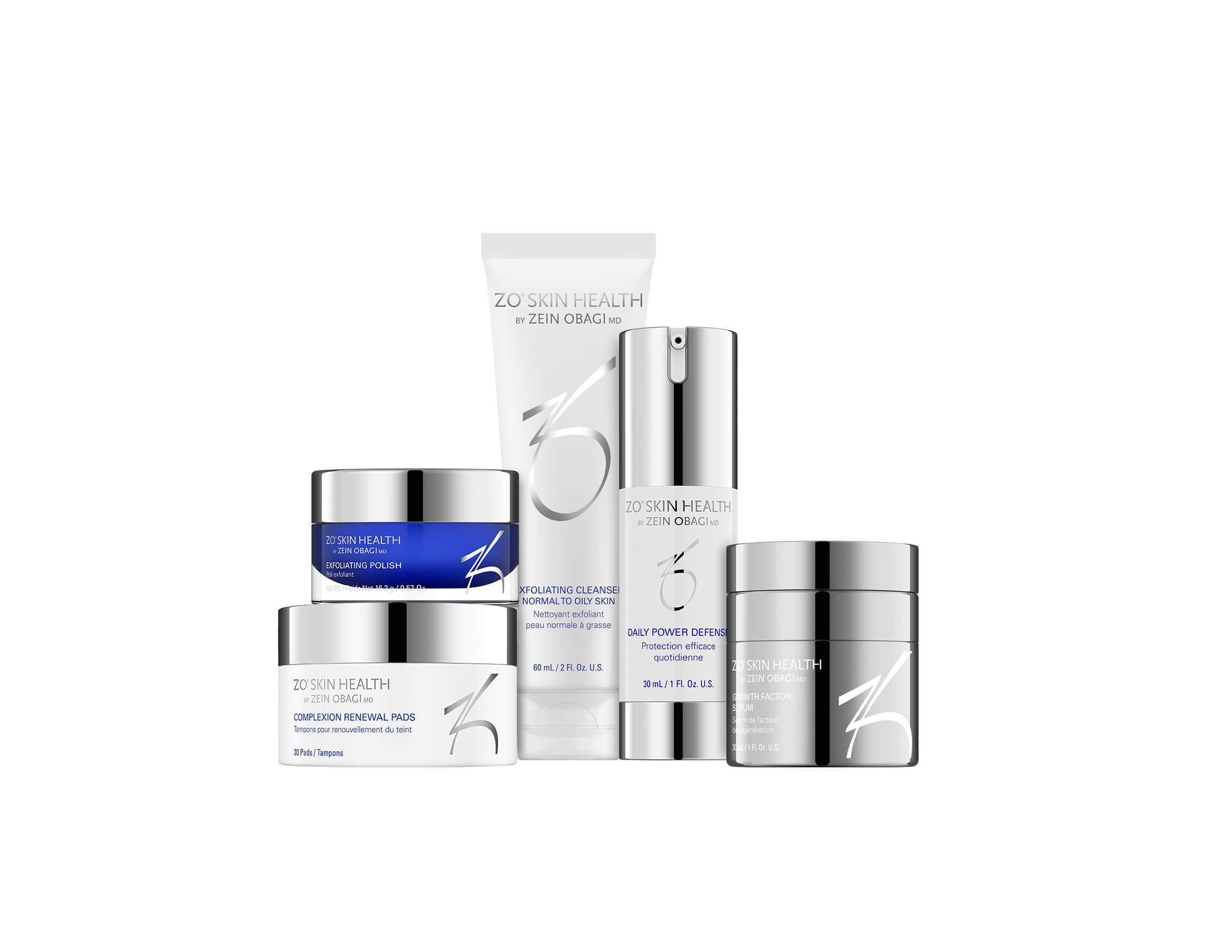
ZO® Anti-Aging Program
A moderate skincare program for the reduction of early or significant signs of environmental and chronological aging. 5 PRODUCT REGIMEN: Exfoliating Cleanser - 60 mL / 2 Fl. Oz. (Travel Size) Exfoliating Polish - 16.2 g / 0.57 Oz. (Travel Size) Complexion Renewal Pads - 30 Pads (Travel Size) Daily Power Defense - 30 mL / 1 Fl. Oz. (Travel Size) Growth Factor Serum - 30 mL / 1 Fl. Oz. (Full Size)
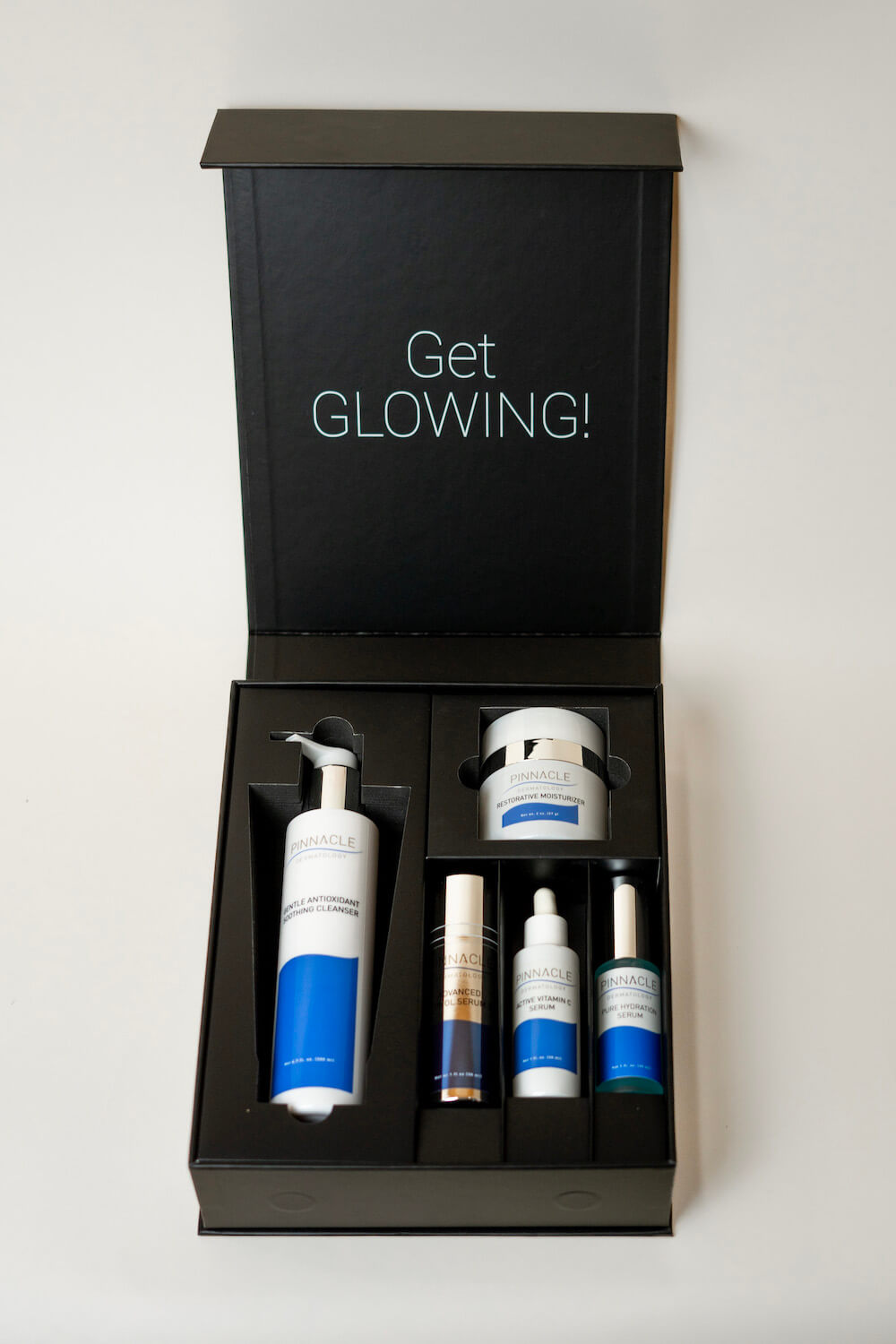
Pinnacle Skin Care Glow Box
This gift set is your start to healthy, glowing skin! This box features five full-sized Pinnacle Skin Care products: Gentle Antioxidant Soothing Cleanser, Pure Hydration Serum, Active Vitamin C Serum, Advanced Retinol Serum 3X, and Restorative Moisturizer.
Related Blogs
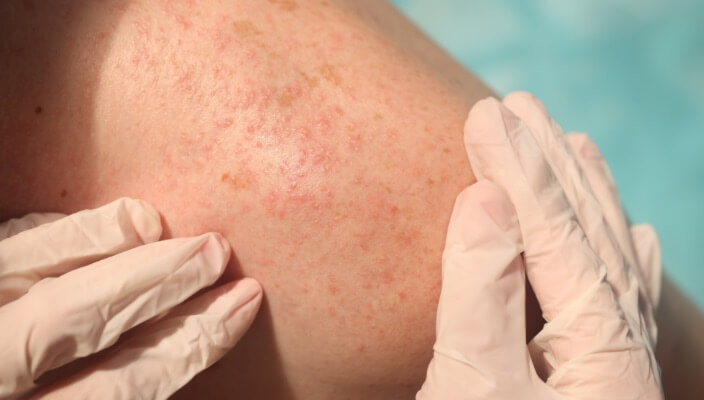
- General Dermatology
- Chronic Skin Conditions
At The Dermatology & Skin Surgery Center of Wilmington, we understand how hard it can be to distinguish eczema and psoriasis from one another.
Read More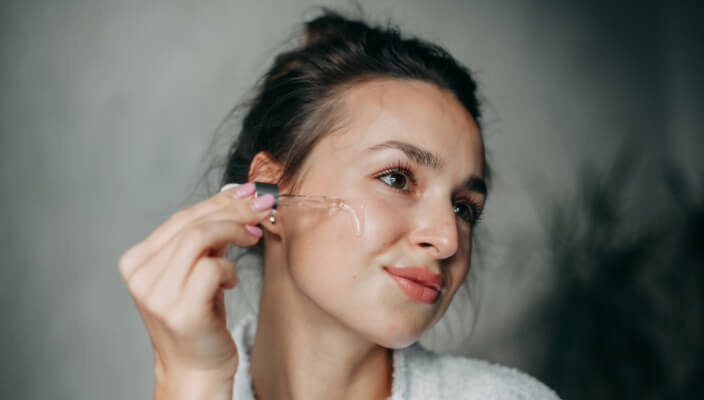
- Skin Care
Whether you’re searching for a serum, face mask, eye cream, or something else, we’re here to help you find effective skincare routine extras that are dermatologist-recommended and proven to contribute to a healthy complexion.
Read More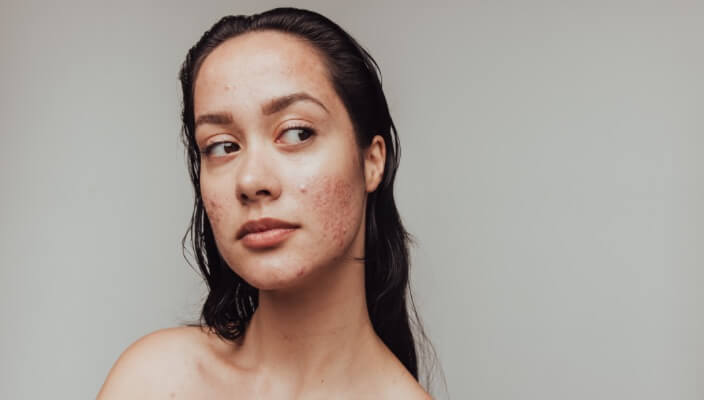
- Skin Cancer
- General Dermatology
- Chronic Skin Conditions
Learn more about the most common types of skin lesions we see at Westerville Dermatology and how our dermatologists remove them.
Read More
